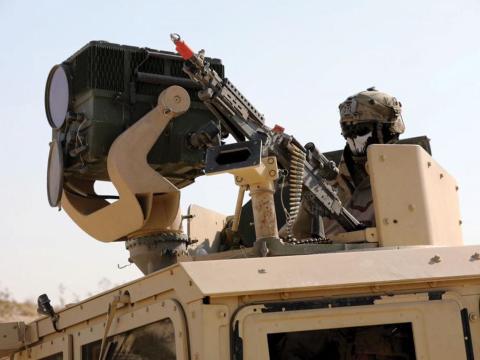GAO Calls for Army to Tweak NIE
The U.S. Army’s Network Integration Evaluation (NIE) is a good idea that is not achieving its potential, according to the Government Accountability Office (GAO).
The U.S. Army should subject new technologies to developmental testing before moving them into operational testing at its Network Integration Evaluations (NIEs), according to the Government Accountability Office (GAO). Another recommendation, which is under consideration by the Defense Department, is for the Army to correct issues that arise during an NIE before buying and fielding systems.
The GAO report emphasizes, “The Army has not consistently recognized, accepted and acted upon the knowledge gained from the NIEs.” Technology fielding decisions seem driven more by schedules than by test results, and fielding systems that have not done well during operational tests can lead to reduced performance and increased costs for fixes and sustainment. Additionally, these shortcomings can be magnified when flawed systems become part of an integrated network, the report observes.
Noting that the Army has implemented some lessons learned from NIEs, the report advocates a broader knowledge-based approach. The Army should consider observations from all sources, particularly the test community, to improve NIE outcomes. While test community reports and observations have been issued before and after NIEs, the Army has not responded directly to these recommendations, the report charges.
The GAO recommends that network systems from major acquisition programs obtain a positive assessment of operational test readiness before they are scheduled for operational testing during an NIE. In addition to correcting flaws discovered during NIE evaluations before buying systems, the Army should provide results to industry on the Army’s actual experiences on buying and fielding successfully demonstrated systems. This information would include the length of time required for acquisition and fielding of successful systems.
And, the Army should collaborate with “all network stakeholder organizations” to identify and fix problems to improve network outcomes. This effort would include addressing test community observations and recommendations, the report notes.
The report also warns of an “expectation gap” between the Army and industry because of funding constraints. “The level of funding already allocated to ongoing network acquisition programs … may leave little funding to procure new networking technologies,” the report states, adding, “Until it has clearly demonstrated the means to rapidly buy and field emerging capabilities and provided this information to industry, the Army may need to manage industry expectations of how many new networking systems it can buy and how rapidly.”
The Defense Department concurs with some of the GAO recommendations, albeit partially. The department endorses the concept of obtaining positive developmental test and evaluation assessment before NIE testing, and it also agrees on correcting network system performance before acquisition and fielding. However, the department offers that it has the necessary processes already in place to achieve these goals, adding that the GAO recommendations would take away needed flexibility. The GAO disagrees, saying that the department is not using those processes effectively toward these goals.
The department also agrees with the recommendation to provide results to industry. However, the GAO states that the department has not offered specific steps nor a timeframe for this process. Both the GAO and the Defense Department are in agreement on the collaborative process recommendation.
The full GAO report, titled “Opportunities Exist to Better Utilize Results From Network Integration Evaluations,” can be found at http://www.gao.gov/products/GAO-13-711.
Soldiers experiment with situational awareness during NIE 13.1:



